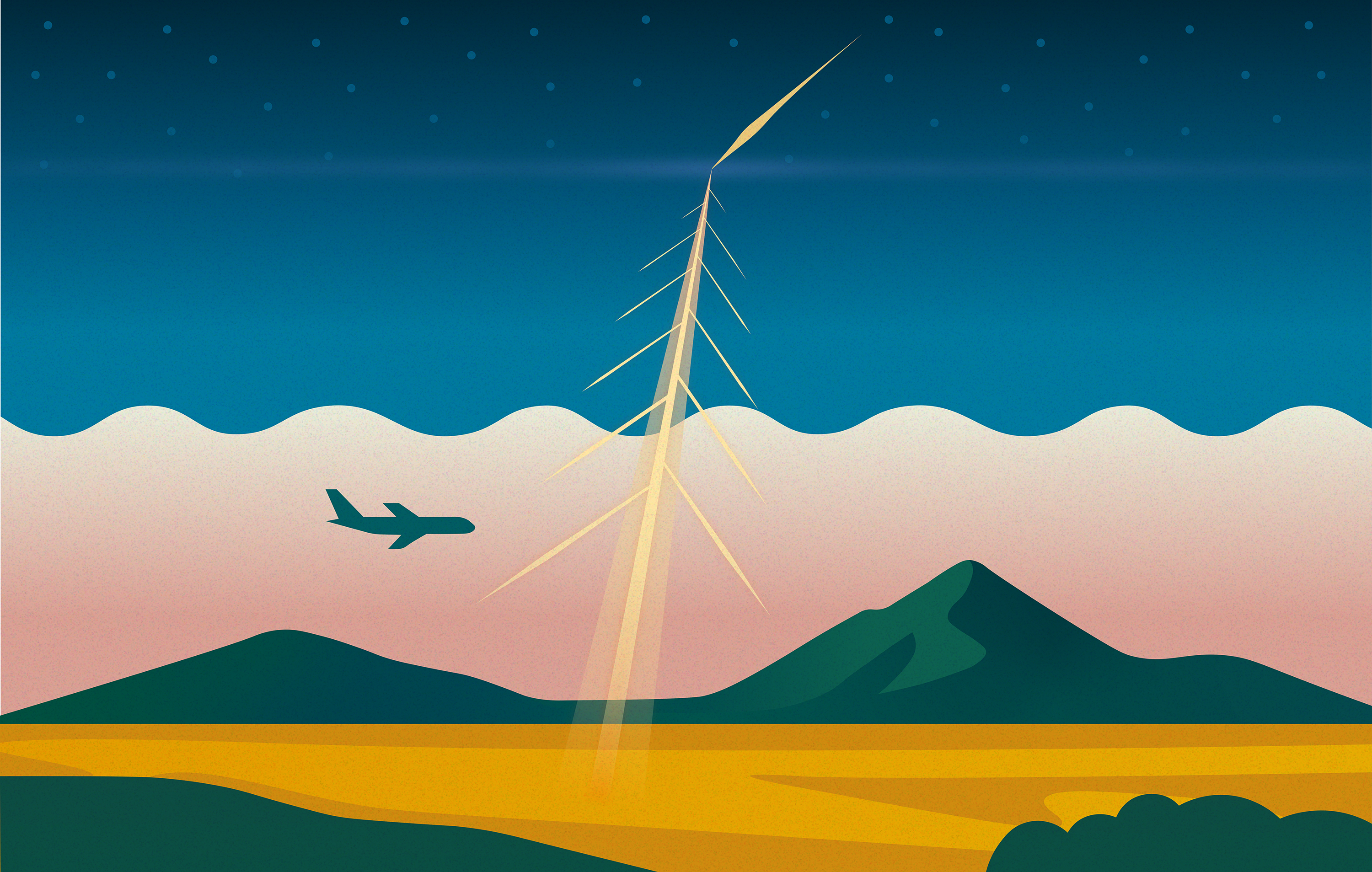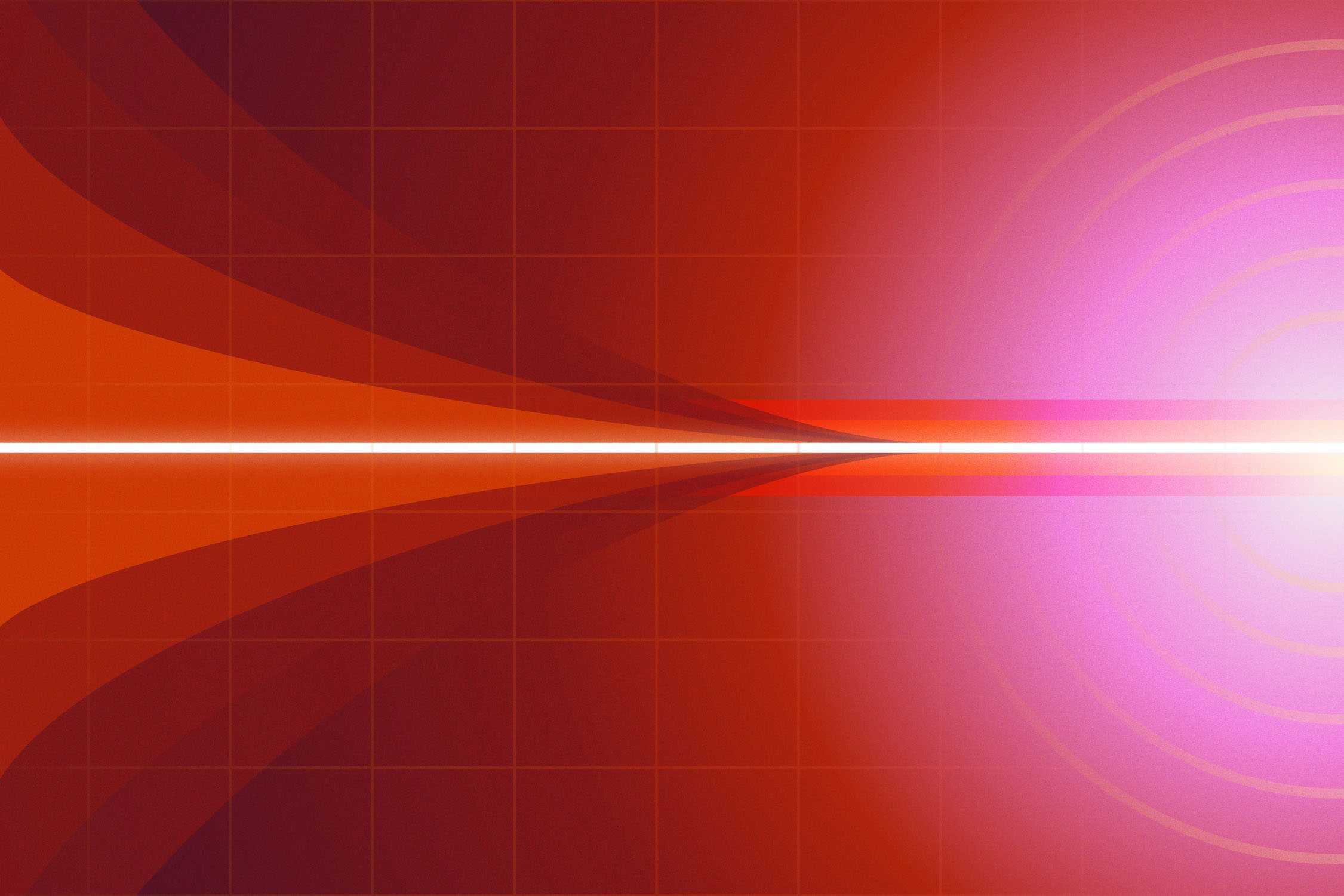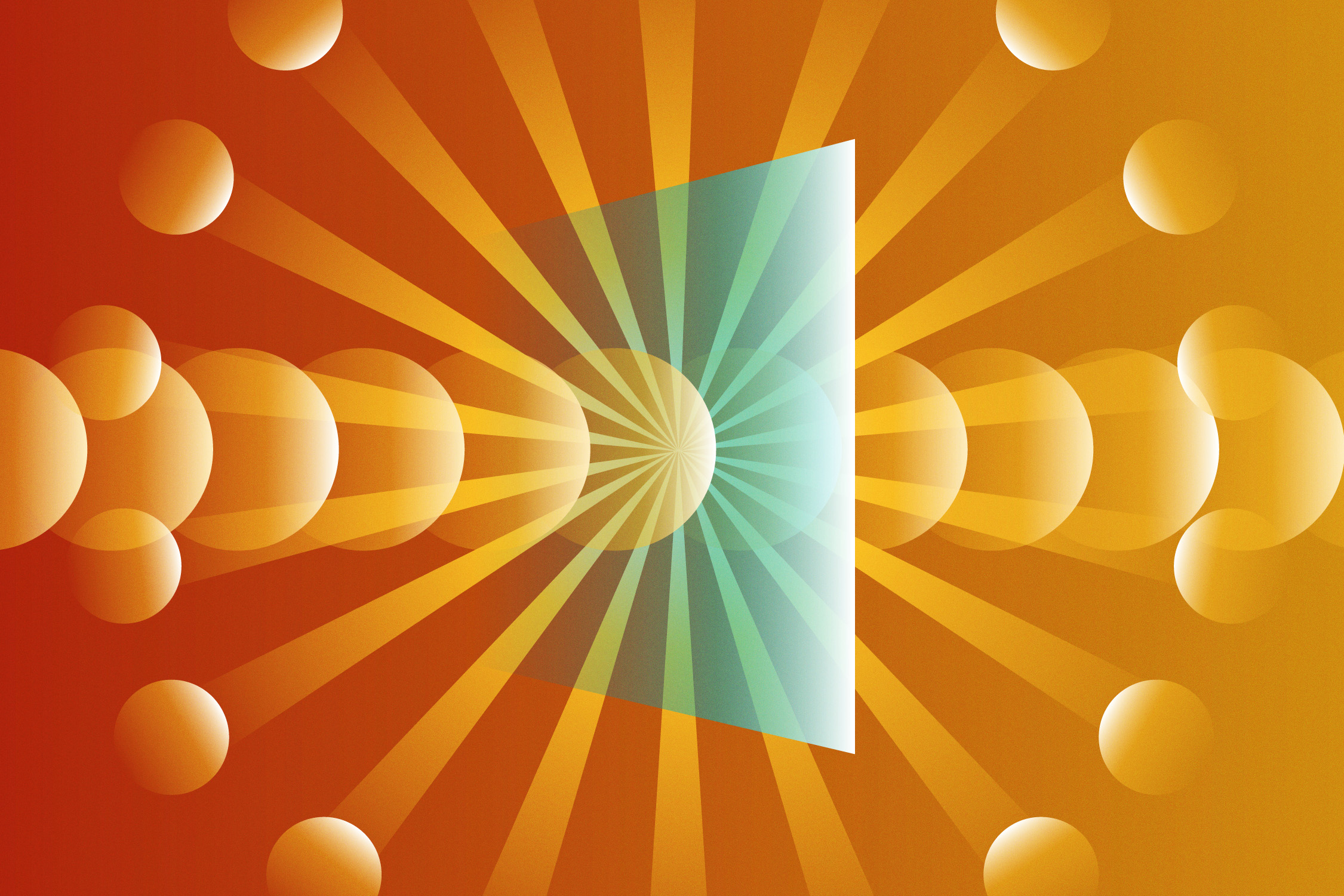Reading Rumblings in the Earth
Whether a seismic disturbance came from an earthquake, an industrial accident, or a nuclear weapon, scientists need to know.
- Eleanor Hutterer, Editor
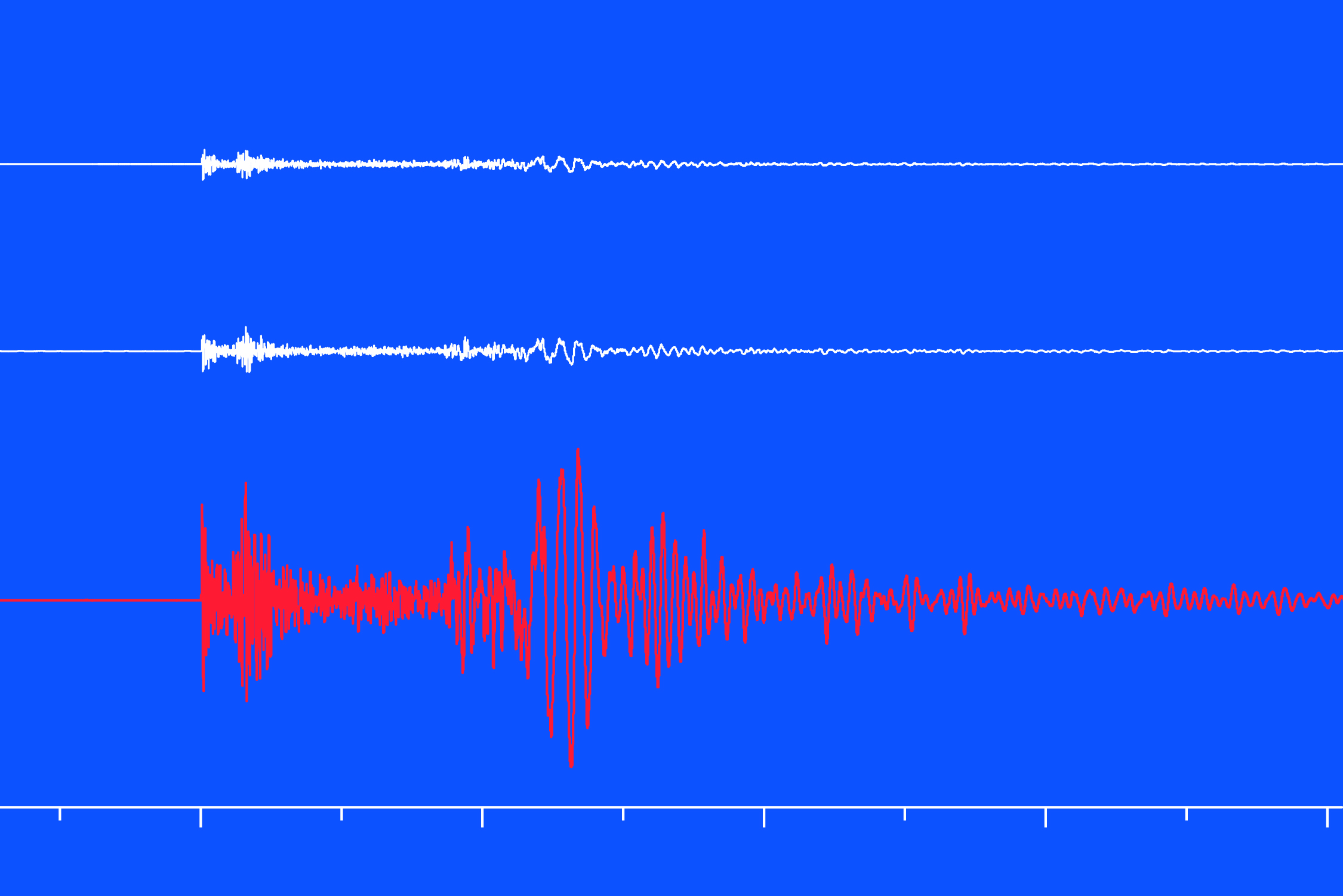
Nuclear weapons have existed for 73 years. And for 73 years, scientists have been monitoring nuclear detonations from afar by the vibrations they send through the ground beneath our feet. But nuclear explosions aren’t the only events that produce tremors in the earth; earthquakes, volcanic eruptions, mining operations, and chemical explosions all produce seismic signals. In keeping with the Laboratory’s national security mission, when something sizeable makes the ground shake, Los Alamos scientists need to be able to say, with certainty, what it was.
The first nuclear detonation—the Trinity test—took place at 5:29 a.m. on Monday, July 16, 1945, near Alamogordo, New Mexico. Numerous seismometers (some incidental, having been permanently deployed by universities, observatories, or other agencies, and some temporary, having been set out specifically for the test) were located at various distances from ground zero. Most of the temporary devices registered virtually no activity, but at least three of the permanent devices did pick up something. At a U.S. Coast and Geodetic Survey station in Tucson, Arizona, 270 miles away from Alamogordo, at approximately 5:30 that morning, a seismometer needle suddenly began to move, swinging rapidly up and down across the slowly rolling paper for about three minutes. The survey-station scientists didn’t know it at the time, but they had just seismically detected, for the first time, a nuclear detonation.
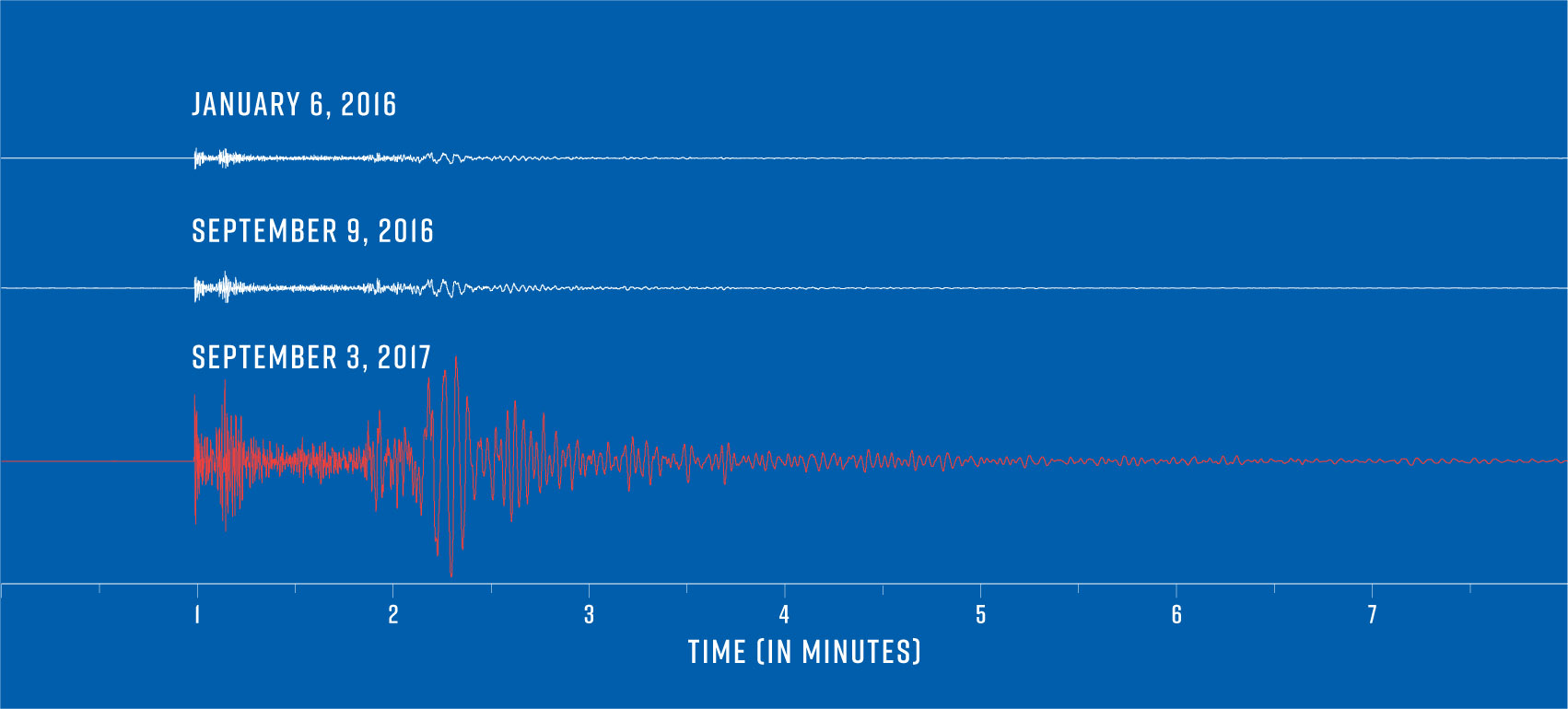
For the first two decades of the nuclear age, as different countries developed their own weapons, tests were usually conducted above ground, so monitoring technology focused on signatures in the air. In 1963, the Limited Test Ban Treaty forced nuclear testing to move underground and, as a result, seismology became a national security research priority. Throughout the Cold War years, seismology was used to help discriminate explosions—both chemical and nuclear—from earthquakes whenever and wherever they occurred in the world.
More recently, however, smaller-magnitude events have made the challenge of detection and characterization more complex. The information about these smaller, suspect events is embedded in a noisy background of nuisance events, occurrences in our busy world that produce seismic signals. So as the real signals are getting smaller, the background noise is not, and distinguishing between the two presents a formidable technical challenge.
During the Cold War, ground-based nuclear-detonation detection was comparable to studying an aerial image and asking, “Is there a city there or not?” Now, because scientists are looking for finely detailed signals in an overwhelmingly noisy background, the analogous query would be, “Is there a vehicle parked on a particular corner, and if so, is it a car or a truck?”
Seismically, small explosions look more like earthquakes than large explosions do. To distinguish between explosions and earthquakes, scientists need to understand the effects that surface topography, local geology, and subsurface structure have on the signals they receive. There are regional differences in the way seismic signals propagate through the subsurface, depending on the unique geology of each region. In the 1990s, Los Alamos, in coordination with several other national labs and federal entities, began the Ground-based Nuclear Detonation Detection program. The goal was to leverage decades’ worth of underground nuclear test data to create new systems for monitoring and characterizing potential nuclear explosions around the world.
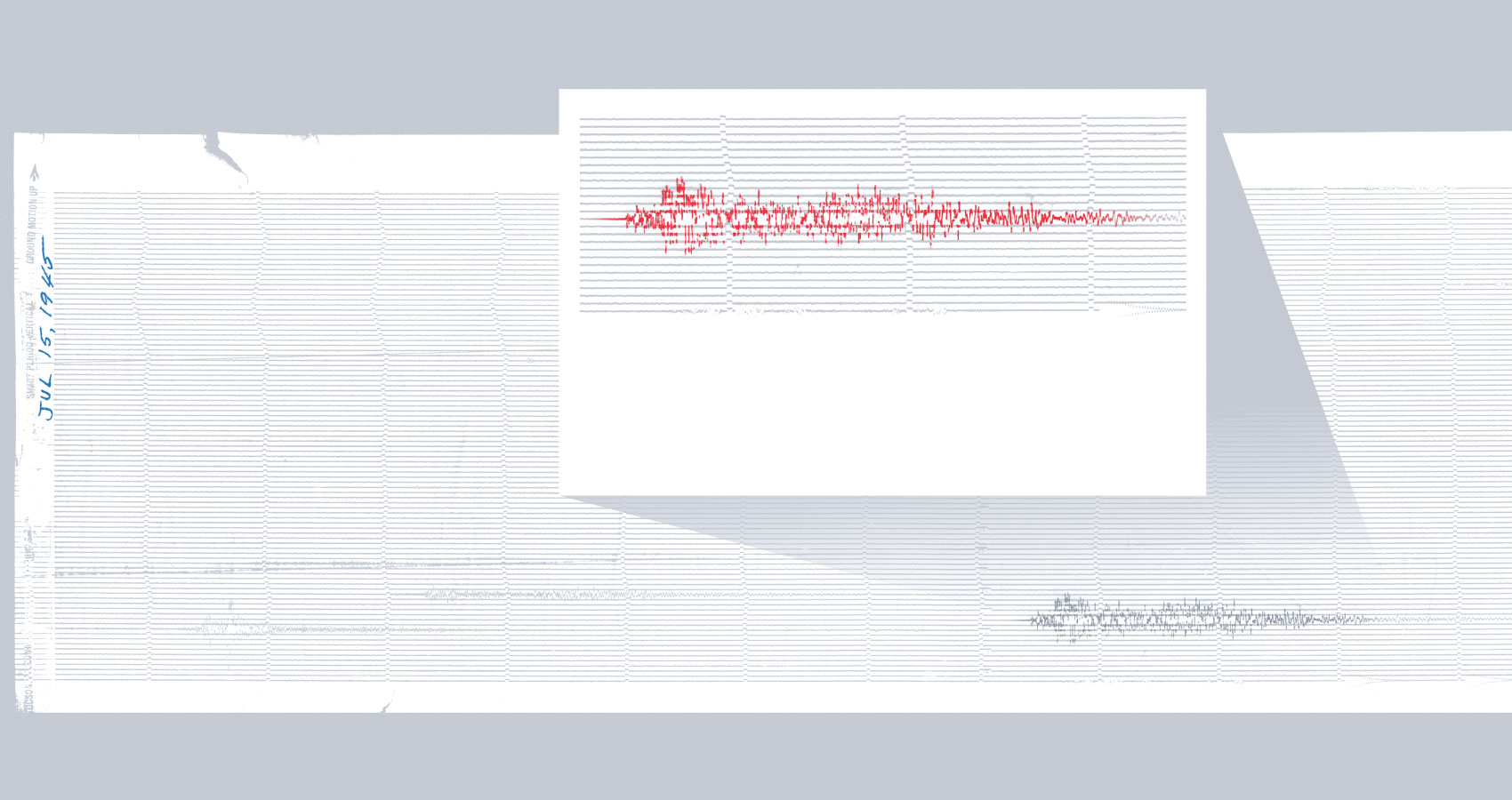
Gone are the days of pen-to-paper seismographs—modern seismology is conducted with computers. And seismology at Los Alamos is conducted with supercomputers. Large computational experiments help scientists understand how seismic waves propagate from a single source through the earth and into the atmosphere. This understanding, in turn, helps scientists discern different types of man-made explosions as well as natural disturbances.
As the Laboratory develops machine-learning techniques to help meet challenges across many fields, the Ground-based Nuclear Detonation Detection program is leveraging these capabilities to help solve the signal-to-noise discrimination problem. The program is building a reliable, predictive computer-modeling framework that uses multiple signatures. Rather than relying on a single signature, this approach to explosion monitoring combines ground-based seismic and acoustic data with chemical, satellite, and ocean data into a comprehensive explosion monitoring system.
With a combination of supercomputer simulations, newly developed analytical techniques, and expanded data sets available for monitoring activity across the globe, the new system will build on the Laboratory’s confidence in its detonation-detection and evaluation abilities.
The national labs take on the hardest scientific problems, and the toughest technical tasks, all in support of the nation’s security. At its inception, the Laboratory was tasked with building the bomb, and the capabilities that have evolved from that first charge continue to serve the Laboratory’s mission, 75 years later. Los Alamos achieves the tasks of monitoring nuclear programs, ensuring treaty adherence, and continuing stockpile stewardship through the most rigorous and robust scientific capabilities.
So when something makes the ground shake, somewhere in the world, scientists here at Los Alamos are primed and ready to determine what, where, and how big it was.

